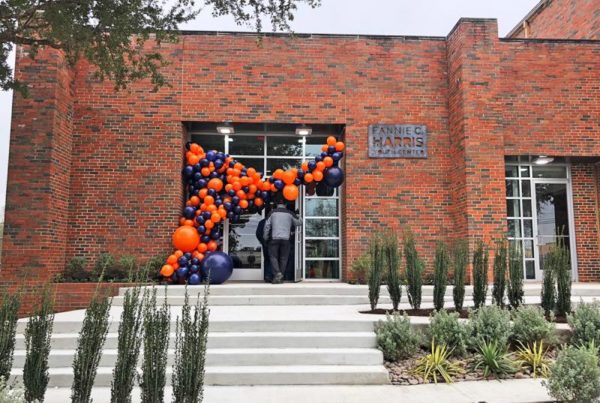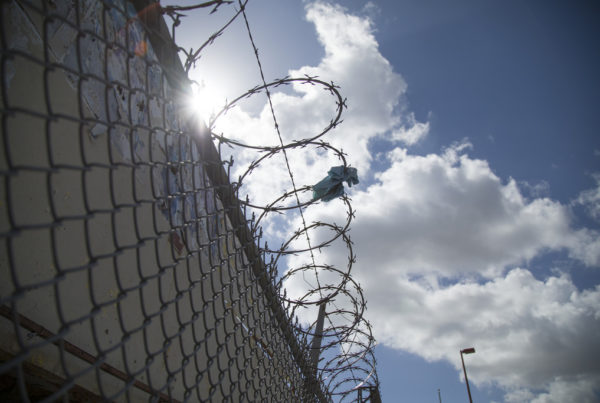Texas’ population is growing rapidly, especially in its cities. But much of Texas is rural, and as longtime listeners know, we try to explore what it means to live those parts of the Lone Star State. When it comes to health care, rural Texans are increasingly going without: Rural hospitals, for example, have been closing, and when it comes to mental health, psychiatrists are few and far between.
Here are some other statistics: 35 Texas counties have no physicians at all; 58 counties have no general surgeon; and 147 Texas counties have no obstetrician or gynecologist, all according to data from the Texas A&M Health Science Center’s Rural and Community Health Institute and the Episcopal Health Foundation. So what’s the prescription for all this?
Dr. Nancy Dickey, who heads A&M’s Rural and Community Health Institute, is also part of a new, $10 million joint project between A&M and Blue Cross and Blue Shield of Texas. Dickey says the top problems in rural health care today are how these areas struggle to recruit and keep providers, and how small, rural hospitals struggle financially in today’s health care system.
“Most of them are financially vulnerably and daily wonder how long they’ll be able to keep their doors open,” Dickey says. “If you don’t have a hospital, your likelihood of recruiting providers drops even further.”
Dickey says this new project is more like a “moonshot” in which the institution will explore novel ways to solve rural health care problems, rather than it being direct financial support for struggling hospitals.
“We can’t continue to do the same thing and think we’re going to have a different outcome. How can we deliver care in rural areas on a high-quality basis, and do so even if there’s not a hospital in town?” Dickey says.
For one thing, she suggests rural communities could better use technology to connect people to health care practitioners and facilities in urban areas.
Dickey says the program will be an enhanced version of what her institute has been doing for years. She says it will include researchers from business, agriculture and engineering. She says she might even consult with architects.
“We even may have architecture to come in and tell us how to better utilize the bricks and mortar that are there in a fashion that brings a different kind of health care to town,” Dickey says.
While Texas isn’t unique in terms of its rural health care problems, Dickey says it is different because of its size.
“We have more people living in rural Texas than many states have in their entire population, and we have immense distances,” Dickey says. “So, if you’re a small town out in West Texas, you may be a couple of hours from the nearest high-tech heath care. …It impacts three million people who live in Texas.”
Written by Caroline Covington.
Support for Texas Standard’s ”Spotlight on Health” project is provided by St. David’s Foundation.
















